How to Implement Sustainable Forestry Practices on Your Land
- July 30, 2024
- 0 comment
Forests are vital ecosystems that support a diverse range of plant and animal species, contribute to the global carbon cycle, and provide numerous benefits to human societies. However, the increasing pressure on forests from logging, agriculture, and urban development necessitates the adoption of sustainable forestry practices. Implementing sustainable forestry practices on your land not only helps in conserving these precious resources but also ensures long-term economic benefits.
What is Sustainable Forestry?
Sustainable forestry involves managing forest resources to meet the needs of the present without compromising the ability of future generations to meet their own needs. This includes maintaining biodiversity, productivity, regeneration capacity, and vitality of forest ecosystems.
Understanding Sustainable Forestry
Sustainable forestry is the practice of managing forest resources to meet the needs of the present without compromising the ability of future generations to meet their own needs. It involves the careful planning and management of forest ecosystems to maintain their biodiversity, productivity, and ecological processes. Sustainable forestry practices aim to balance environmental, economic, and social factors to achieve long-term forest health and productivity.
1. Assessing Your Land
Before implementing sustainable forestry practices, it is crucial to assess the current state of your land. This assessment includes evaluating the types of trees, soil quality, water resources, and existing wildlife. Understanding the specific characteristics of your land will help in developing a tailored management plan that addresses its unique needs.

- Inventory and Mapping: Conduct a comprehensive inventory of the tree species, age classes, and density on your land. Mapping these features will provide a visual representation of your forest and help in planning sustainable practices.
- Soil and Water Analysis: Analyze the soil types and water sources on your land. Healthy soil and adequate water supply are essential for the growth and sustainability of forests. Identify areas prone to erosion or nutrient depletion and plan for soil conservation measures.
- Biodiversity Assessment: Identify the plant and animal species present on your land. Understanding biodiversity will help in protecting endangered species and maintaining ecological balance.
2. Developing a Sustainable Forest Management Plan
A well-developed forest management plan is the cornerstone of sustainable forestry. This plan should outline the goals, objectives, and specific practices to be implemented to achieve sustainable forest management.

- Set Clear Objectives: Define the primary goals for your forest management. These may include timber production, wildlife habitat conservation, recreation, or watershed protection. Clear objectives will guide the development of specific management practices.
- Timber Harvesting Guidelines: Establish guidelines for timber harvesting that minimize environmental impact. Selective logging, which involves removing only specific trees, helps in maintaining the forest structure and biodiversity. Avoid clear-cutting, which can lead to soil erosion and habitat destruction.
- Silvicultural Practices: Implement silvicultural practices that promote forest regeneration and health. Techniques such as thinning, pruning, and controlled burning can enhance forest productivity and reduce the risk of diseases and pests.
- Conservation Practices: Incorporate conservation practices to protect soil and water resources. Establish buffer zones around water bodies, implement erosion control measures, and promote agroforestry practices that integrate trees with agricultural crops.
3. Enhancing Biodiversity and Wildlife Habitat
Maintaining biodiversity is a key aspect of sustainable forestry. Diverse forests are more resilient to environmental changes and provide habitat for a wide range of species.

- Habitat Diversity: Promote a mix of tree species and age classes to create diverse habitats. This diversity supports different wildlife species and enhances the overall ecological stability of the forest.
- Protecting Endangered Species: Identify and protect habitats of endangered species. Implement measures such as creating wildlife corridors and preserving critical habitats to ensure the survival of these species.
- Snags and Deadwood: Retain snags (standing dead trees) and deadwood on the forest floor. These provide essential habitats for many species, including birds, insects, and fungi, and contribute to nutrient cycling.
4. Managing Forest Health
Healthy forests are more productive and resilient to pests, diseases, and environmental stresses. Implementing practices that promote forest health is essential for sustainable forestry.

- Pest and Disease Management: Monitor the forest regularly for signs of pests and diseases. Implement integrated pest management (IPM) strategies that combine biological, mechanical, and chemical controls to manage pests with minimal environmental impact.
- Forest Thinning: Conduct regular thinning to reduce tree density and competition for resources. Thinning improves tree growth, reduces the risk of pest outbreaks, and lowers the likelihood of catastrophic wildfires.
- Fire Management: Implement fire management practices to reduce the risk of wildfires. Controlled burns and firebreaks can help manage fuel loads and maintain healthy forest ecosystems.
5. Engaging Stakeholders and Community
Sustainable forestry practices are more effective when they involve the participation of various stakeholders, including landowners, local communities, and government agencies.
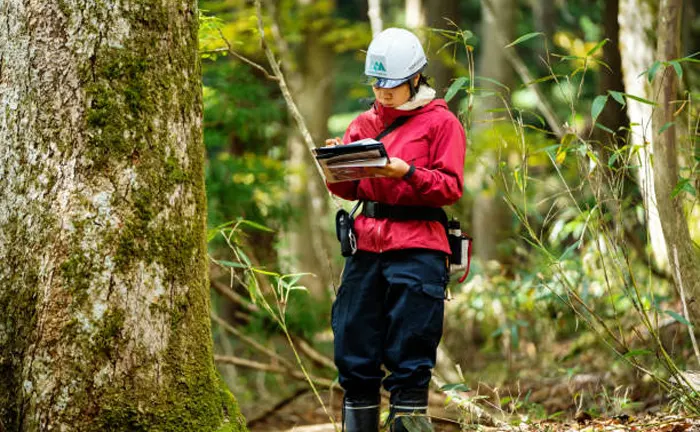
- Education and Awareness: Educate stakeholders about the importance of sustainable forestry and the benefits it brings to the environment and local communities. Conduct workshops, seminars, and outreach programs to raise awareness.
- Collaborative Management: Engage local communities in forest management activities. Collaborative management approaches can lead to better decision-making and foster a sense of ownership and responsibility among stakeholders.
- Policy and Advocacy: Advocate for policies that support sustainable forestry practices. Work with government agencies and non-governmental organizations to promote regulations and incentives that encourage sustainable land management.
6. Monitoring and Adaptive Management
Monitoring the outcomes of your forestry practices is essential to ensure they are meeting your objectives and to make necessary adjustments.

- Regular Monitoring: Conduct regular monitoring of forest health, biodiversity, and soil and water quality. Use this data to evaluate the effectiveness of your management practices and identify areas for improvement.
- Adaptive Management: Implement an adaptive management approach that allows for flexibility and learning. Based on monitoring results, adjust your management practices to address changing conditions and emerging challenges.
- Reporting and Documentation: Maintain detailed records of your forest management activities and outcomes. Reporting and documentation help in tracking progress, sharing knowledge, and demonstrating compliance with sustainable forestry standards.
Economic Considerations
Sustainable forestry can also provide economic benefits through responsible timber production, eco-tourism, and non-timber forest products.
- Timber Certification: Obtain certification from recognized sustainable forestry certification programs, such as the Forest Stewardship Council (FSC) or the Sustainable Forestry Initiative (SFI). Certification can enhance market access and provide premium prices for sustainably harvested timber.
- Eco-Tourism: Develop eco-tourism opportunities that showcase the natural beauty and biodiversity of your forest. Eco-tourism can generate additional income while promoting conservation and education.
- Non-Timber Forest Products: Explore the potential of non-timber forest products, such as mushrooms, medicinal plants, and nuts. These products can provide supplementary income and diversify the economic benefits of your forest.
Conclusion
Implementing sustainable forestry practices on your land is a multifaceted process that requires careful planning, monitoring, and collaboration. By assessing your land, developing a comprehensive management plan, enhancing biodiversity, managing forest health, engaging stakeholders, and considering economic factors, you can achieve a balance between ecological sustainability and economic viability. Sustainable forestry not only ensures the health and productivity of your forest for future generations but also contributes to global environmental conservation efforts. Through responsible stewardship, you can play a crucial role in preserving the world’s forests and the myriad benefits they provide.
Frequently Asked Questions (FAQs)
- What are the main components of a forest management plan?
A forest management plan typically includes inventory data, management activities, and a timeline for implementation. Inventory data provides a detailed account of the forest’s current state, including tree species, density, and health. Management activities outline the specific actions needed to achieve desired outcomes, such as thinning, controlled burns, or planting. The timeline ensures that these activities are carried out systematically and monitored over time. - How can selective logging benefit the environment?
Selective logging benefits the environment by minimizing the impact on forest ecosystems. Instead of clear-cutting large areas, selective logging involves removing only specific trees, which helps preserve the overall structure and biodiversity of the forest. This practice allows for resource extraction while maintaining habitat for wildlife and ensuring the forest’s regenerative capacity. - What is the difference between reforestation and afforestation?
Reforestation involves planting trees in areas that were previously forested but have been deforested or degraded. Afforestation, on the other hand, refers to the establishment of forests in areas that were not previously forested, such as converting agricultural land to forested land. Both practices are essential for increasing forest cover and mitigating climate change, but they target different types of land. - Why is community engagement important in sustainable forestry?
Community engagement is crucial in sustainable forestry because it fosters a sense of stewardship and ensures that the needs and values of local populations are respected. When communities are involved in decision-making processes, they are more likely to support and participate in sustainable practices. This collaboration can lead to better conservation outcomes and enhance the social and economic benefits derived from forests. - How can technology aid in sustainable forestry?
Technology plays a significant role in sustainable forestry by providing tools for better planning and monitoring. Geographic Information Systems (GIS) and remote sensing technologies offer detailed spatial data that help forest managers understand the landscape, track changes over time, and make informed decisions. These technologies can also enhance efficiency, reduce costs, and improve the accuracy of forest inventories and assessments. - What funding opportunities are available for sustainable forestry?
Various funding opportunities are available to support sustainable forestry practices. Landowners and forest managers can explore government grants and subsidies designed to promote conservation and sustainable use of forest resources. Additionally, carbon credit programs offer financial incentives for activities that increase carbon sequestration, such as reforestation and improved forest management. Non-governmental organizations and private foundations may also provide funding for innovative and sustainable forestry projects. - What are the benefits of maintaining biodiversity in forest ecosystems?
Maintaining biodiversity in forest ecosystems is essential for their health and resilience. Biodiversity ensures that forests can withstand environmental stresses, such as pests, diseases, and climate change. It also supports a wide range of ecosystem services, including clean water, air purification, and soil fertility. High biodiversity provides habitat for numerous species, contributing to ecological balance and the overall well-being of the planet. - How do forest certification programs promote sustainable forestry?
Forest certification programs, such as those offered by the Forest Stewardship Council (FSC) and the Programme for the Endorsement of Forest Certification (PEFC), promote sustainable forestry by setting standards for responsible forest management. Certified forests are managed in ways that protect biodiversity, water resources, and the rights of indigenous peoples. Certification provides assurance to consumers that forest products are sourced sustainably, encouraging market demand for responsibly managed forests. - What role do forests play in climate change mitigation?
Forests play a critical role in climate change mitigation by acting as carbon sinks. They absorb carbon dioxide from the atmosphere and store it in biomass and soil. Sustainable forest management practices, such as reforestation, afforestation, and avoiding deforestation, enhance this carbon sequestration capacity. By maintaining and increasing forest cover, we can significantly reduce greenhouse gas concentrations in the atmosphere, helping to mitigate global warming. - How can urban forestry contribute to sustainable cities?
Urban forestry contributes to sustainable cities by providing numerous environmental, social, and economic benefits. Trees and green spaces in urban areas improve air quality, reduce the urban heat island effect, and enhance stormwater management. They also provide recreational opportunities, improve mental health, and increase property values. Integrating trees into urban planning and development helps create more livable and resilient cities, supporting sustainable urbanization.
We’d love to hear from you! Share your personal experiences and thoughts about implementing sustainable forestry practices on your land in the comments section below. Your insights could help fellow landowners make informed decisions and contribute to a healthier planet!
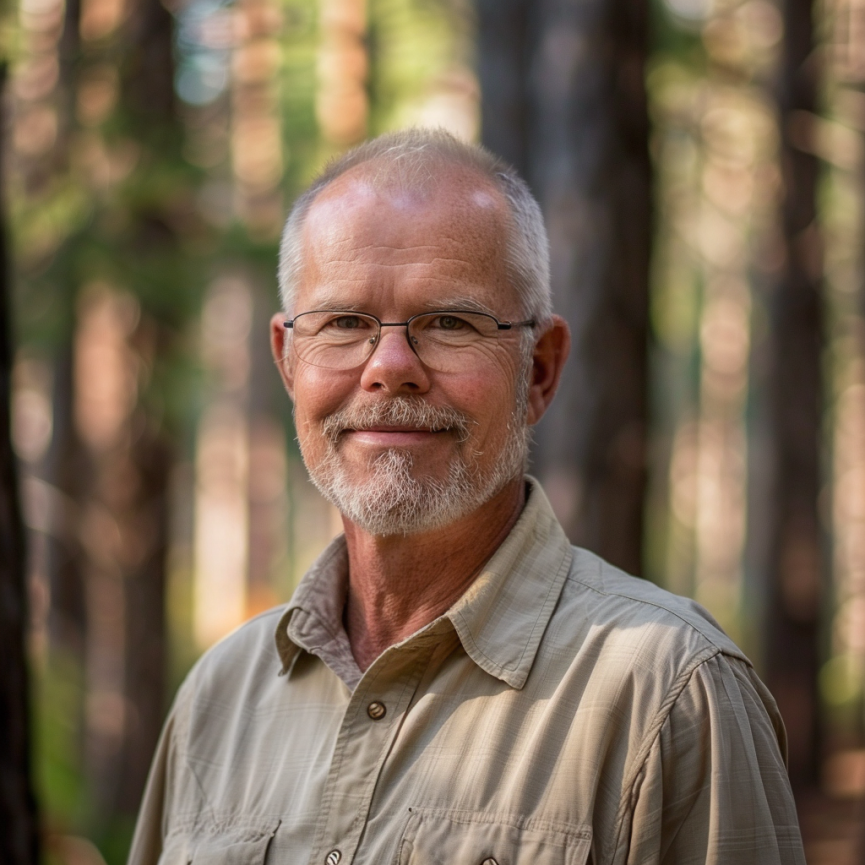
Gilbert Griffin
Forestry AuthorGilbert Griffin is a forest management expert specializing in sustainable practices, forest health, conservation, and land management. With extensive knowledge in pest control, disease management, and habitat restoration, Gilbert develops strategies to preserve forest ecosystems and biodiversity. Passionate about the natural world, Gilbert adapts to changes in forest management and stays updated through continuous learning. Gilbert also provides seasonal advice to optimize forest care throughout the year.







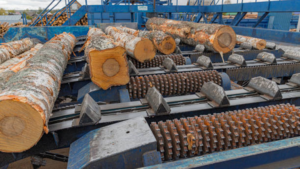
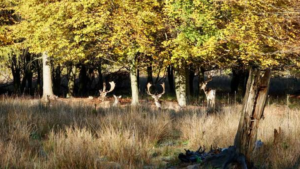
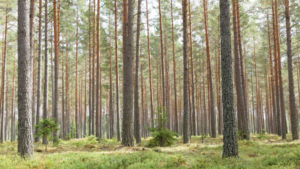
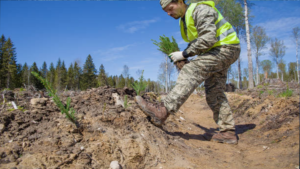

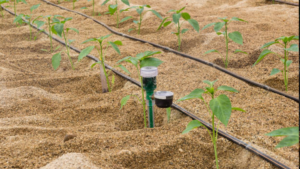
Leave your comment